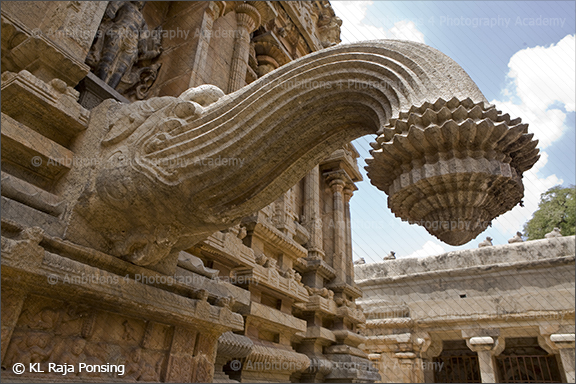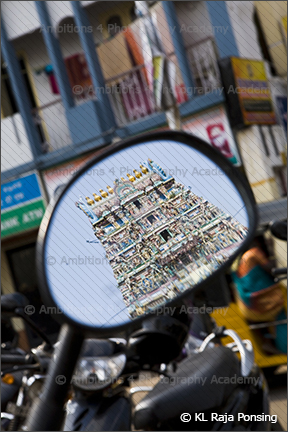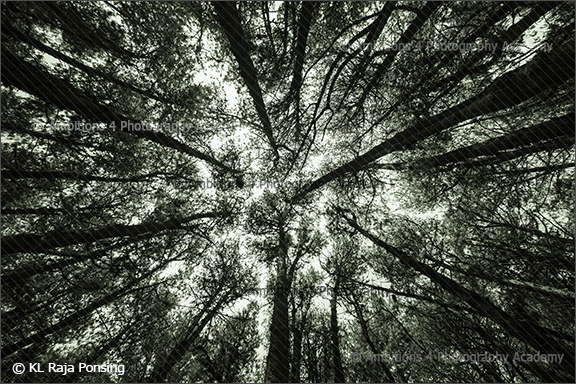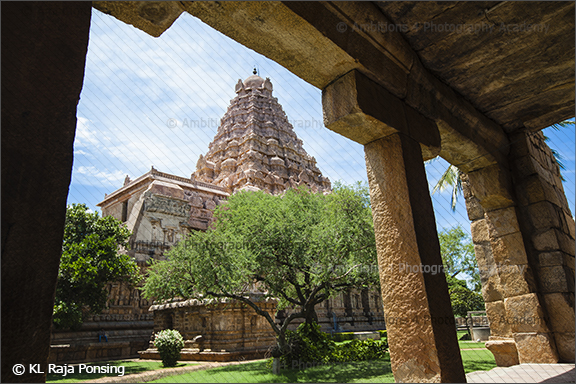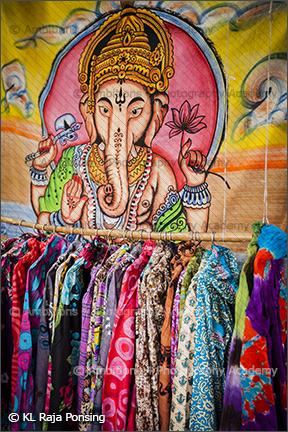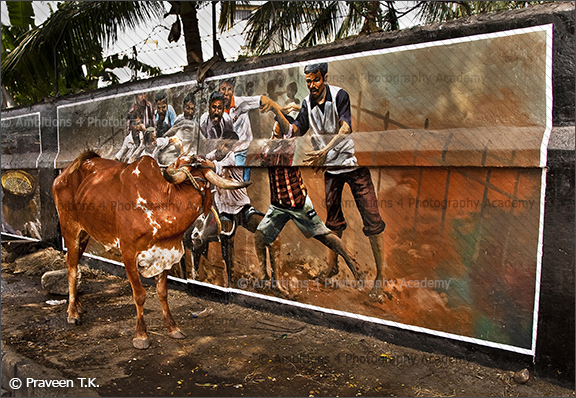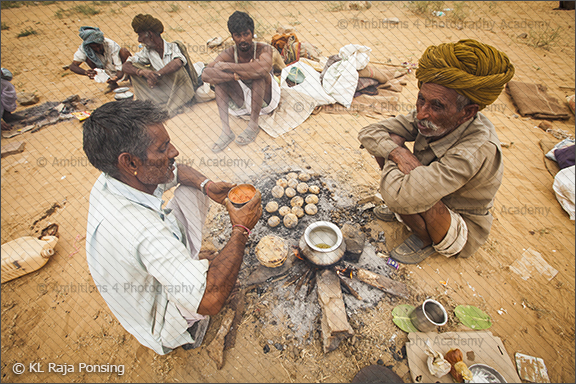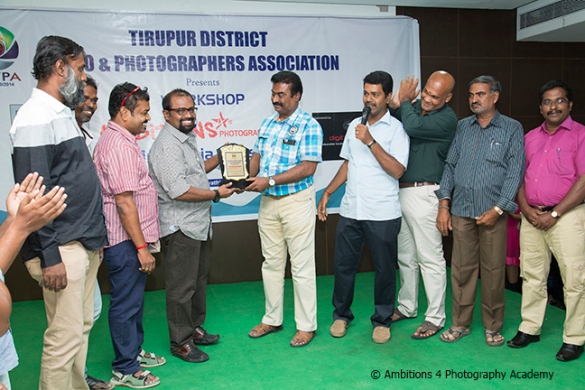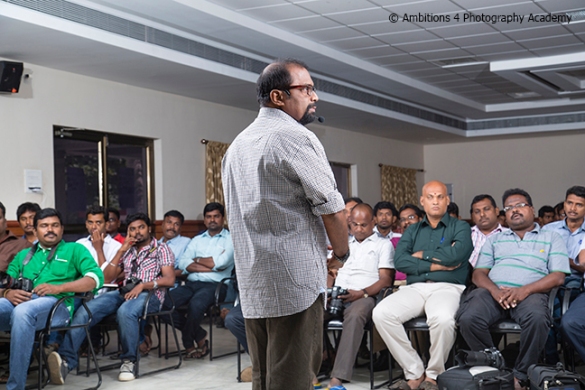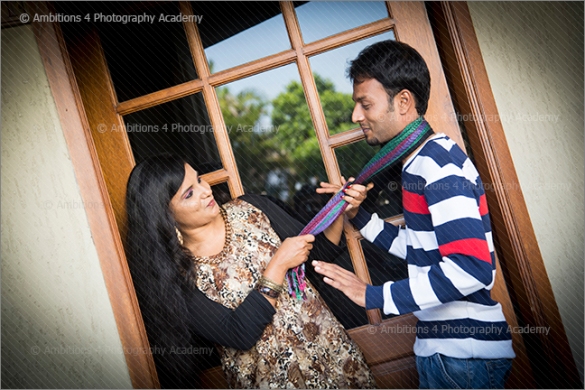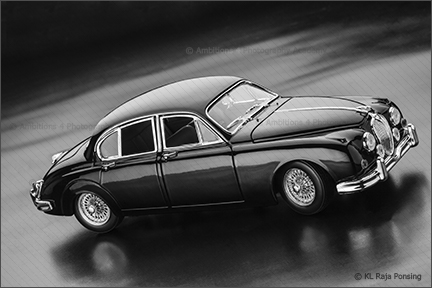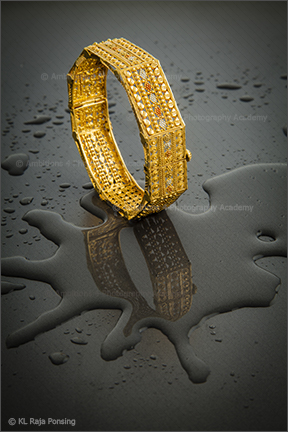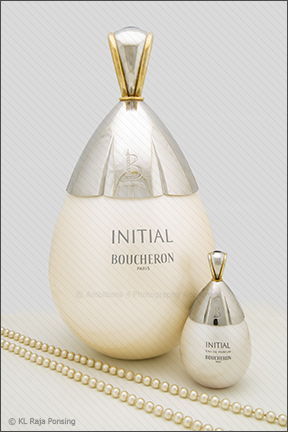
Food a most essential thing for all is something we see and taste on every day basis. We also see a lot of food pictures in advertisements, menu cards, websites, indoor displays etc. But how many of us have really visualized as how the food is shot for commercial purposes? Well, what is so special about shooting food as a table top set-up? It’s about showing food appetising and fresh in the photo.

Is that simple? It is not that simple as we think. We need to understand every single food with respect to its colour, texture, form, shape and arrange them aesthetically beautiful so that it catches the eyes. Well, can we shoot the food that is served to eat? Many times the answer is ‘No’. You cannot shoot the food that you eat and cannot eat the food that you shoot.

Interestingly, many food set-ups contain uncooked or half cooked food or ingredients and dummies to make them look fresh and retain the colour, texture, form and shape. Most of food contents degenerate or undergo a lot amount of physical and chemical changes when cooked.

We all know that food has a strong cultural value and background. The presentation of food in front of the camera needs to carry the cultural feel. Well, you need to use the appropriate table top, background and the plates, cutlery, accomplishments, properties, garnishing, and arrangements to match the cultural value or background of the food. For example, while shooting a Chinese dish, we can include a pair of chopsticks…!

Choose to work with a competent food stylist and culinary artist. This will add a lot of value for food photography. In the recent Food Photography workshop conducted by me, I had got a perfect assistance from the Chef Uma Sankar, an Olympics bronze medallist in culinary art, assisted by Bindhu Hepzibah an artist. Uma Sankar’s contribution as a chef and culinary artist went a long way in making the food fresh and appetizing.

A professional high resolution digital camera with optically perfect lenses and studio lights could make the food photography complete. Choose to shoot food in the studio for a better control or create a setup near the kitchen of the restaurant. A lot of training on lighting and composition is required to get the shot right. Use of multiple, small, pointed light sources apart form an overall lighting from a soft box is needed to get the highlights in the desired portion of the food.

Love food.., in the sense of feel and visual aspects. This is a most important eligibility to become a food photographer.

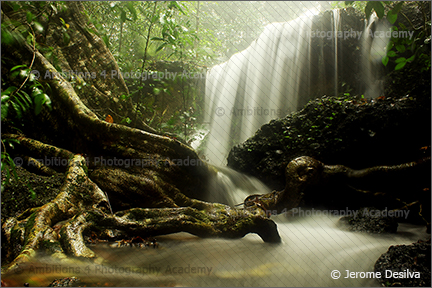
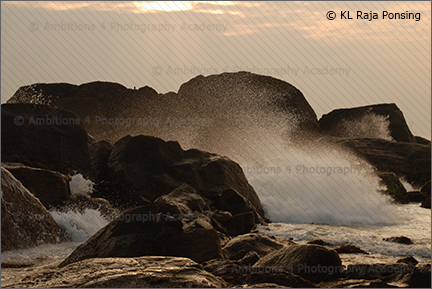


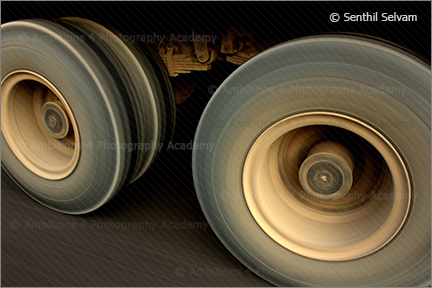

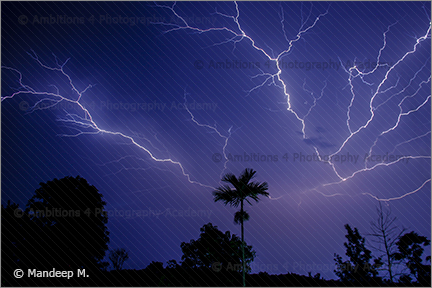

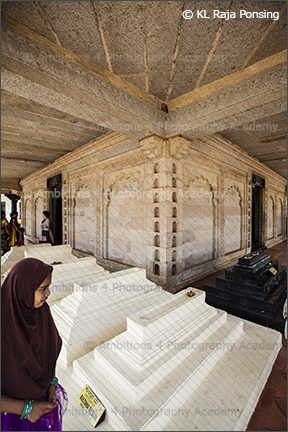

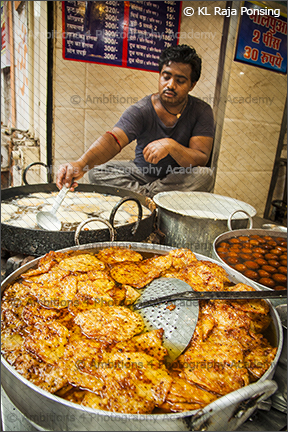
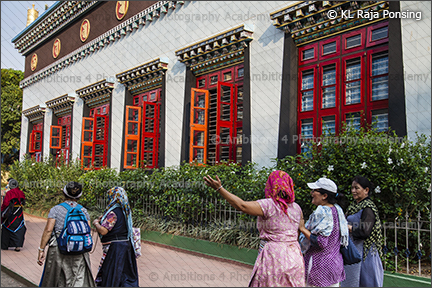
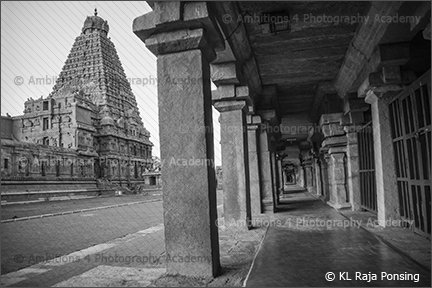
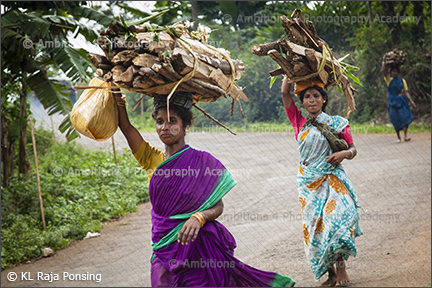


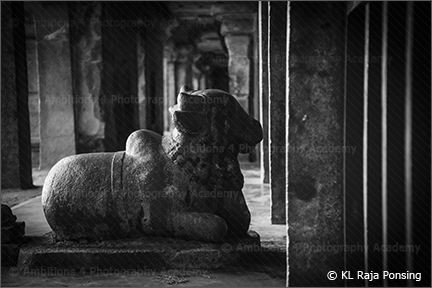
 This out line of the subject changes when we change the point of view. That is, when we move to different point of view the shape of the subject changes quickly. Some times this out line is not defined well and hence we cannot understand the subject. To define a subject, we must get an identifiable shape from an appropriate angle. We need to move around to see as how the shape of a subject is changing and how relevant is the point of view chosen.
This out line of the subject changes when we change the point of view. That is, when we move to different point of view the shape of the subject changes quickly. Some times this out line is not defined well and hence we cannot understand the subject. To define a subject, we must get an identifiable shape from an appropriate angle. We need to move around to see as how the shape of a subject is changing and how relevant is the point of view chosen.




